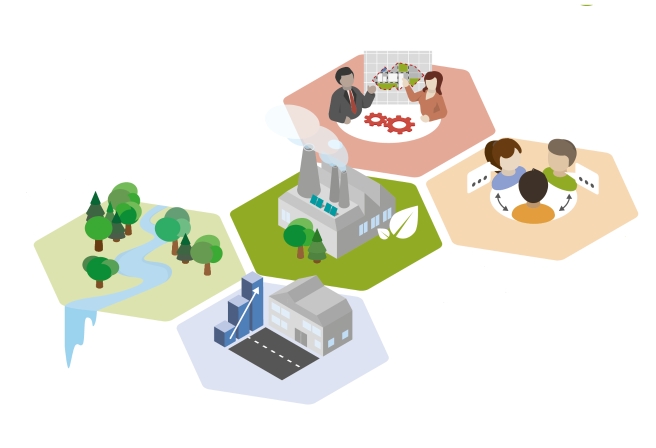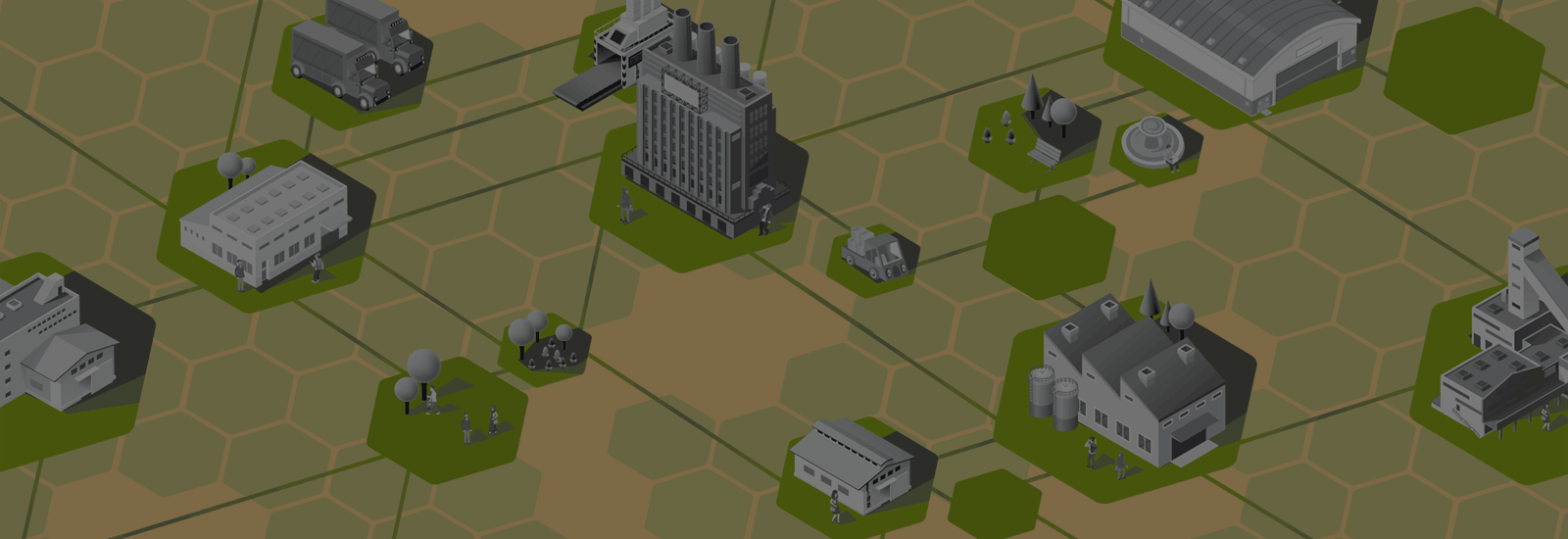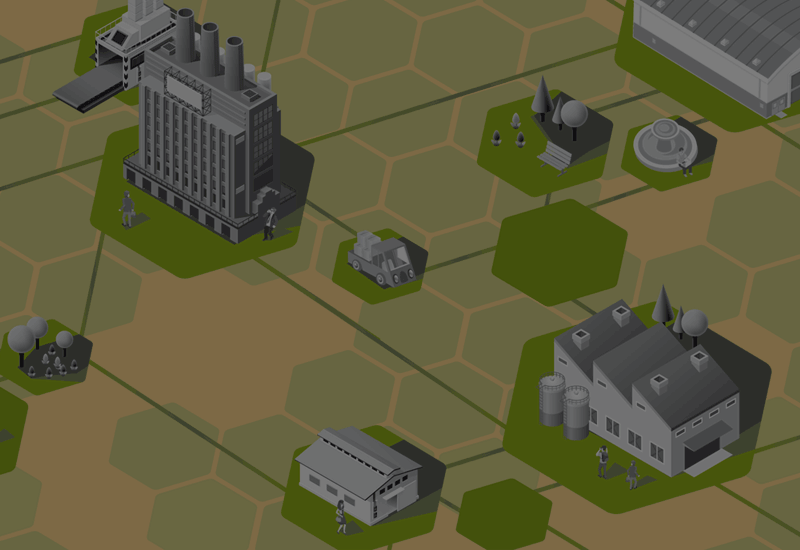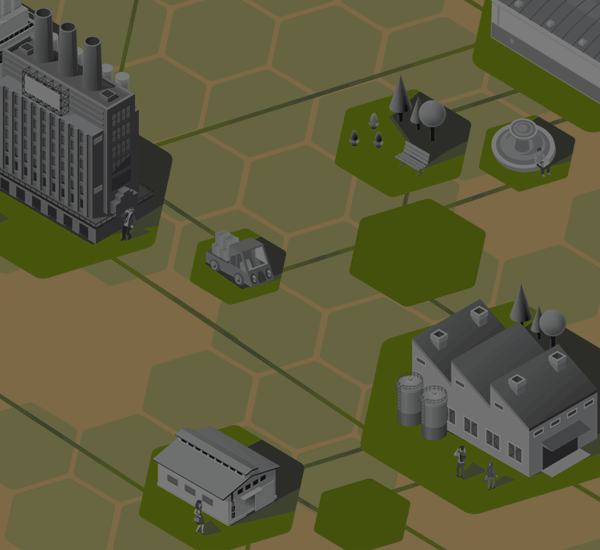Eco Industrial Development
Eco Industrial Development (EID) is an appropriate strategy to promote sustainable industrial development tackling environmental, economic and social aspects, the three pillars of sustainability, in a balanced manner.One approach to implement EID is the concept of Eco Industrial Parks (EIPs). This concept has first been described in 1992 at the United Nations Conference on Environment and Development (UNCED) in Rio de Janeiro. The commonly accepted international definition of EIPs, provided by Ernst Lowe and the Asian Development Bank, unravels as follows:
“An eco-industrial park or estate is a community of manufacturing and service businesses located together on a common property. Member businesses seek enhanced environmental, economic, and social performance through collaboration in managing environmental and resource issues.”




SIA Experience
Industrial areas are considered as an important instrument for economic and technological development worldwide. At the same time, they are criticized for extended resource consumption and environmental pollution. Transformation of industrial areas into eco-industrial parks (EIP) promotes cross-industry and community collaboration for common benefits related to economic, social, and environmental performance. It creates new employment opportunities with higher safety standards and increases the profitability and resilience of industries without compromising the local environment. Implementing SIA from the first phase of constructing industrial parks allows to assure sustainability inclusion starting from the site selection process and onwards. Importantly, applying SIA’s framework is relevant not only for constructing new industrial parks, but also for transforming existing ones into EIPs.


